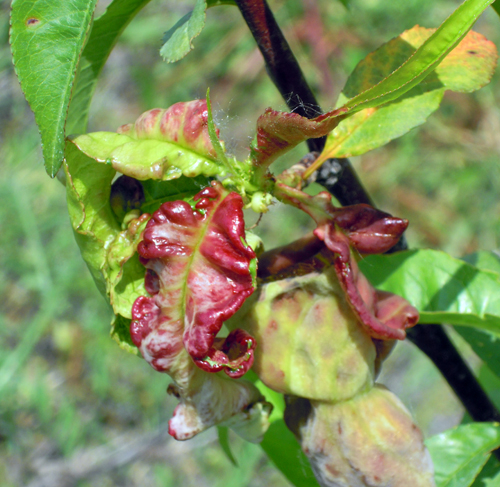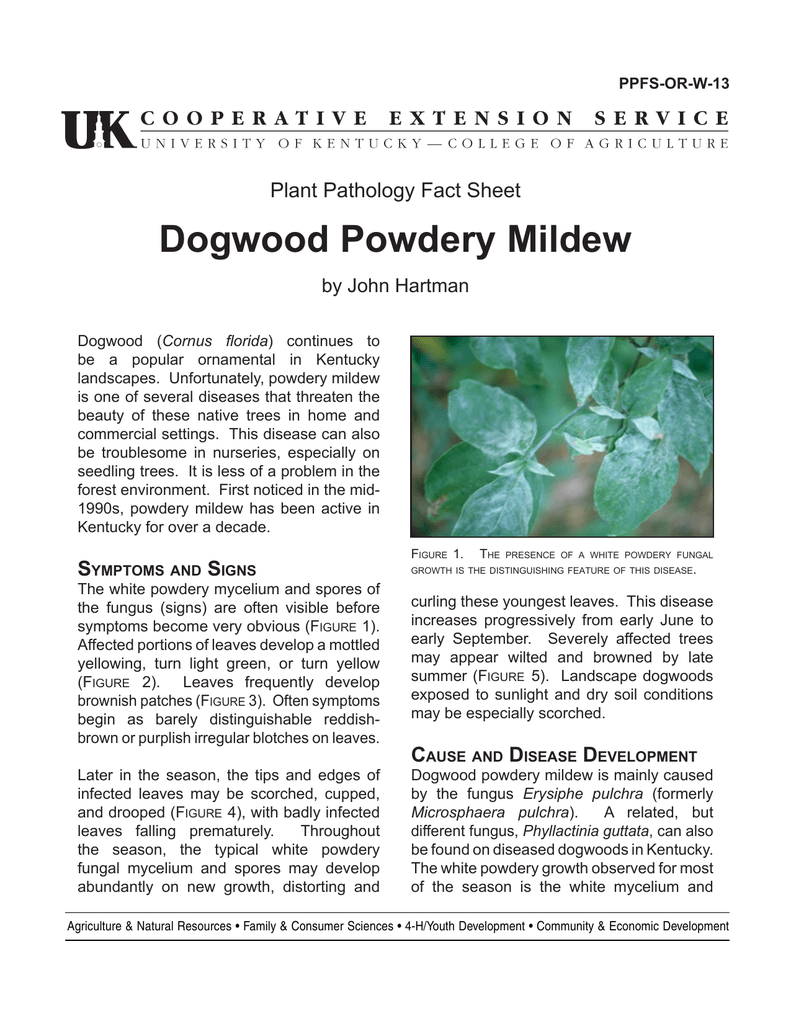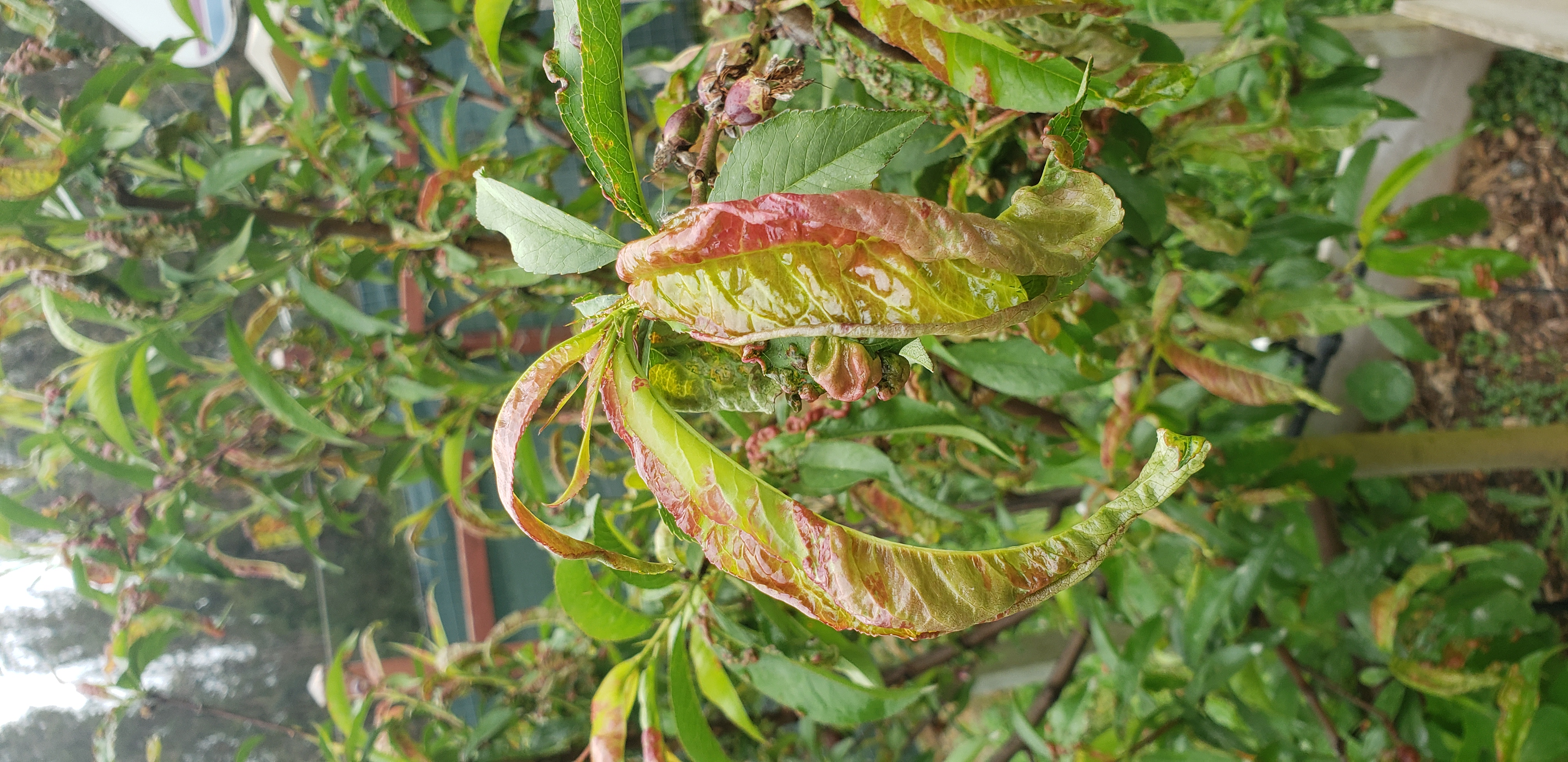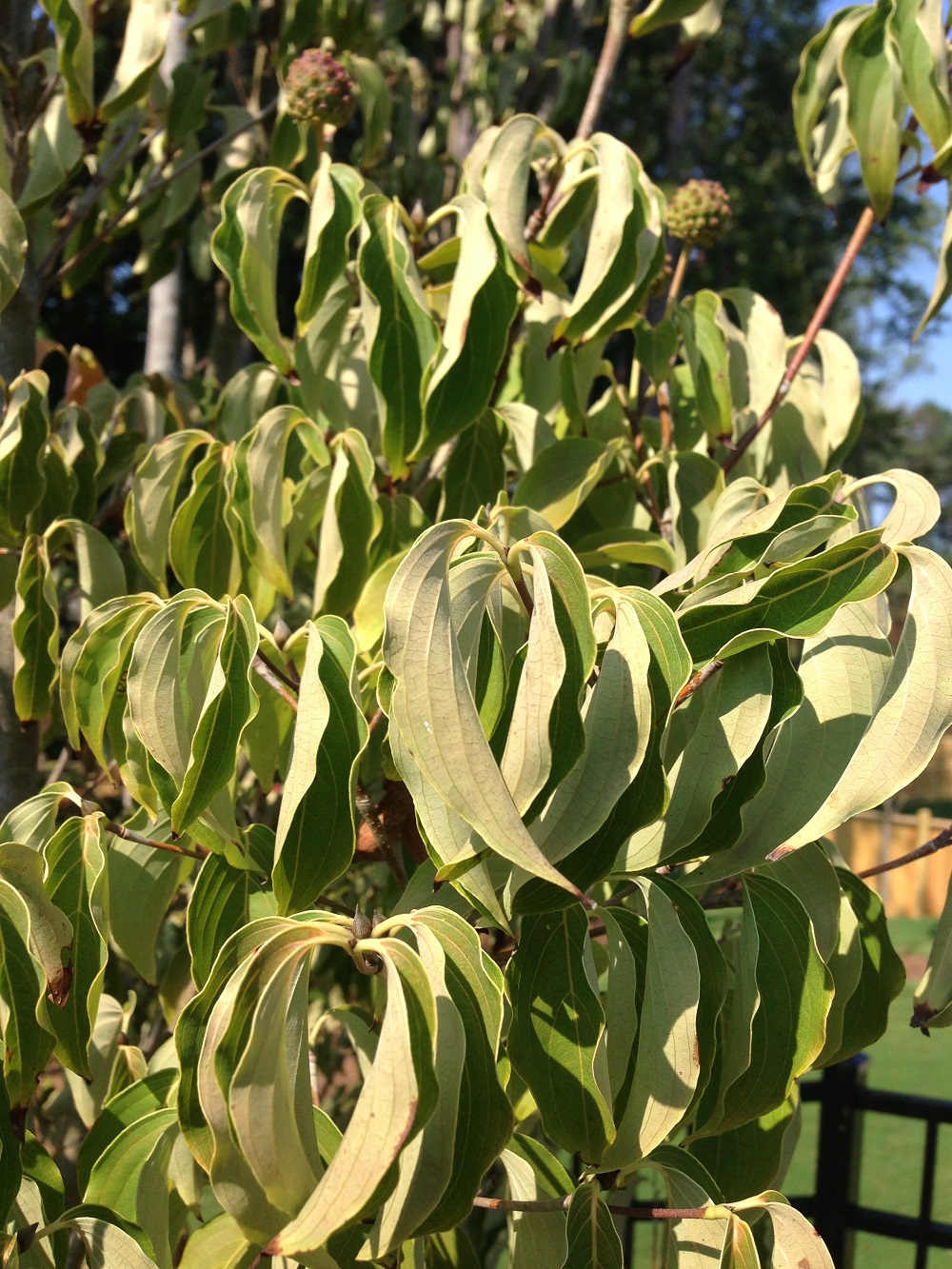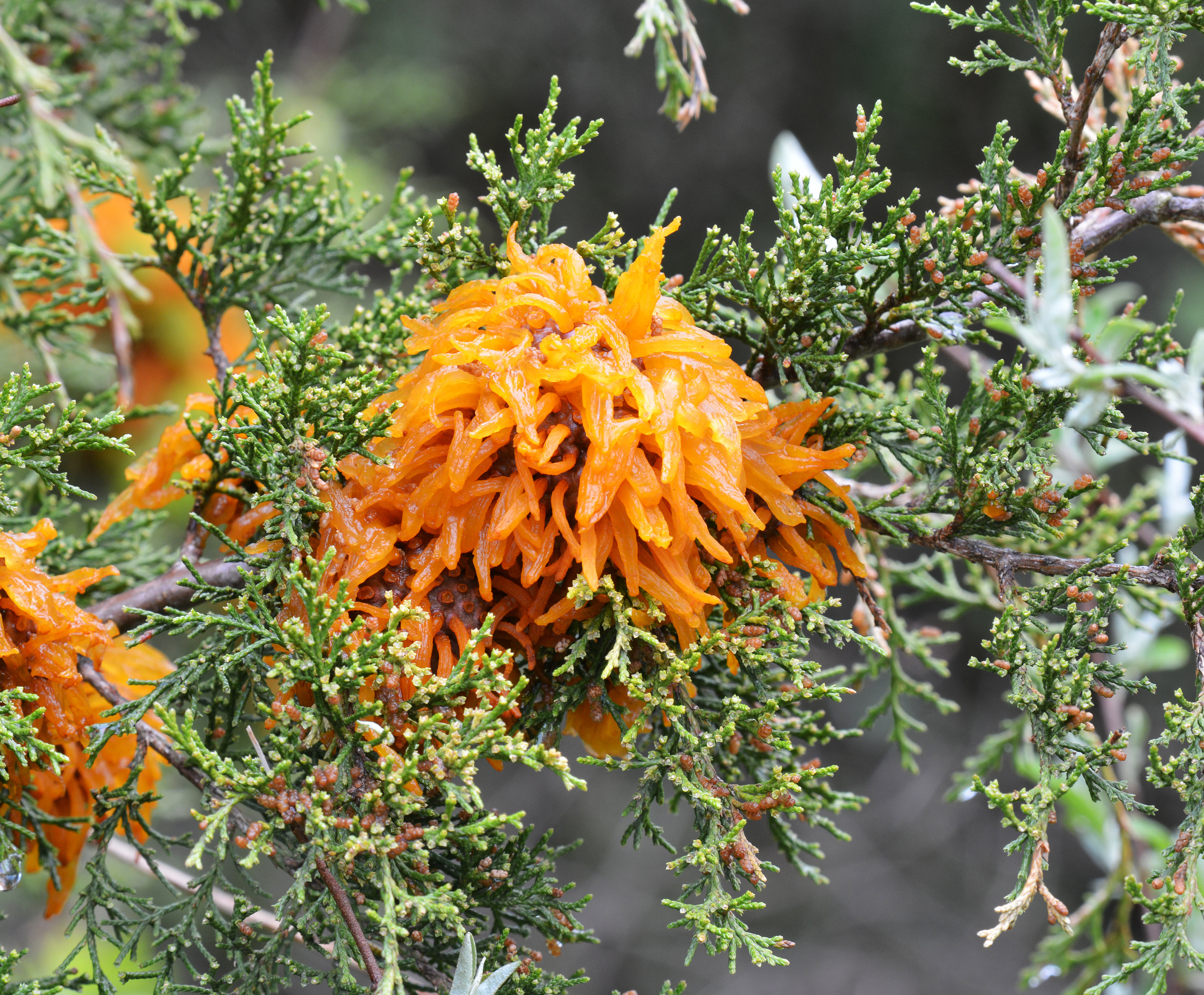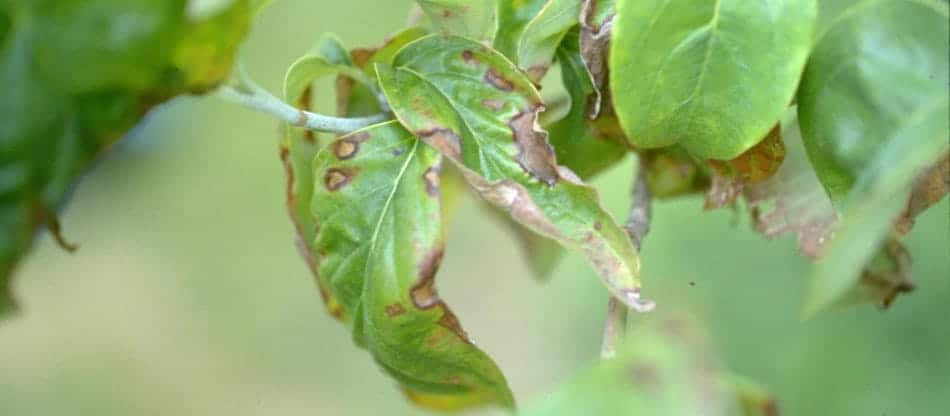Leaves Curling Dogwood Tree Diseases Pictures
Crown canker phytophthora cactorum is the most serious disease of flowering dogwoods in the eastern united states.
Leaves curling dogwood tree diseases pictures. Dogwood tree diseases flower and leaf diseases spot anthracnose. Other dogwood diseases such as those caused by septoria cornicola species pathogens may also show leaf spotting symptoms similar to anthracnose but they do not cause cupped or curled leaves. Generally white dogwood cultivars are more susceptible to spot anthracnose than pink cultivars. If you have a dogwood showing significant leaf curl throughout the summer 5.
The flowering dogwood cornus florida is a small deciduous ornamental tree that is native throughout the eastern united states although dogwoods are well adapted to south carolina they can be affected by many pests and diseases. In some cases whole leaves can become entirely crispy and there may be some minor die back of branches. On the same branch one leaf could be curling tightly. These conditions discourage the few diseases and insect pests that occasionally afflict dogwood causing leaves to turn brown.
The many graceful shapes of dogwoods cornus spp are known throughout u s. The centers of these. The plant appears stressed especially during dry periods. However i d say about 60 of the leaves are fine and 40 have this curling problem.
Kousa dogwood cornus kousa which grows in usda zones 5 through 8 typically shows higher disease. Now about 4 days later selective leaves are curling on the tree. Leaf curl on dogwoods is essentially a protective reaction to stress the tree feels. From there they spread to the leaves young shoots and then the fruits.
Department of agriculture plant hardiness zones 2 through 9 depending on species. Where the leaves curl it can be just the toes of the leaf or the whole leaf. It is often followed by the leaves curling and shrivelling. The leaves are cupping up on my dogwood.
Maintaining healthy dogwood trees by following the recommended cultural practices is the first line of defense in reducing any of these problems. The initial symptoms include small circular to elongated reddish purple spots that appear in early spring. It doesn t seem to be any particular size of leaf or location. The first parts of the tree to be affected are the flower bracts petals.
Examine the dogwood for dark or tarlike spots or curled wilted and distorted leaves. While japanese maples are most commonly affected other maples such as acer pseudoplatanus brilliantissimum and acer platanoides drummondii may also suffer from leaf scorch. Leaves are small or undersized and of a lighter green color and may curl. Check twigs branches and trunk for cankers or swollen sunken areas.
Ascochyta blight ascochyta cornicola is a fungus that appears on dogwood foliage after unusually rainy springs attacking new leaves as they. To ensure the health of your dogwood tree grow it in rich well drained soil with dappled light and plenty of air circulation. Rather than keep its leaves flat and susceptible to burning in the summer sun dogwoods curl their leaves to minimize leaf surface area and thus minimize any damage they might receive.

